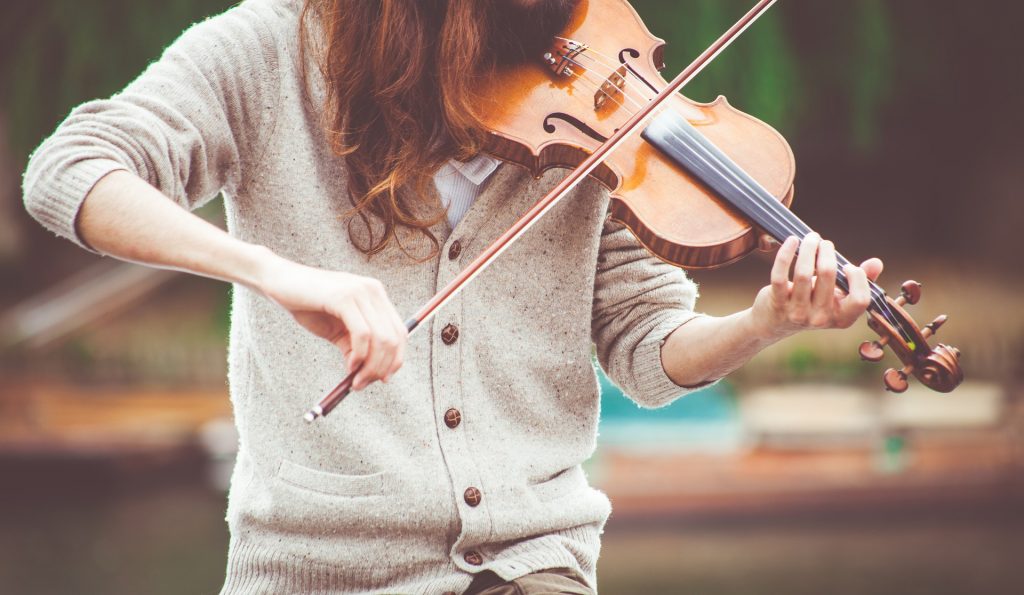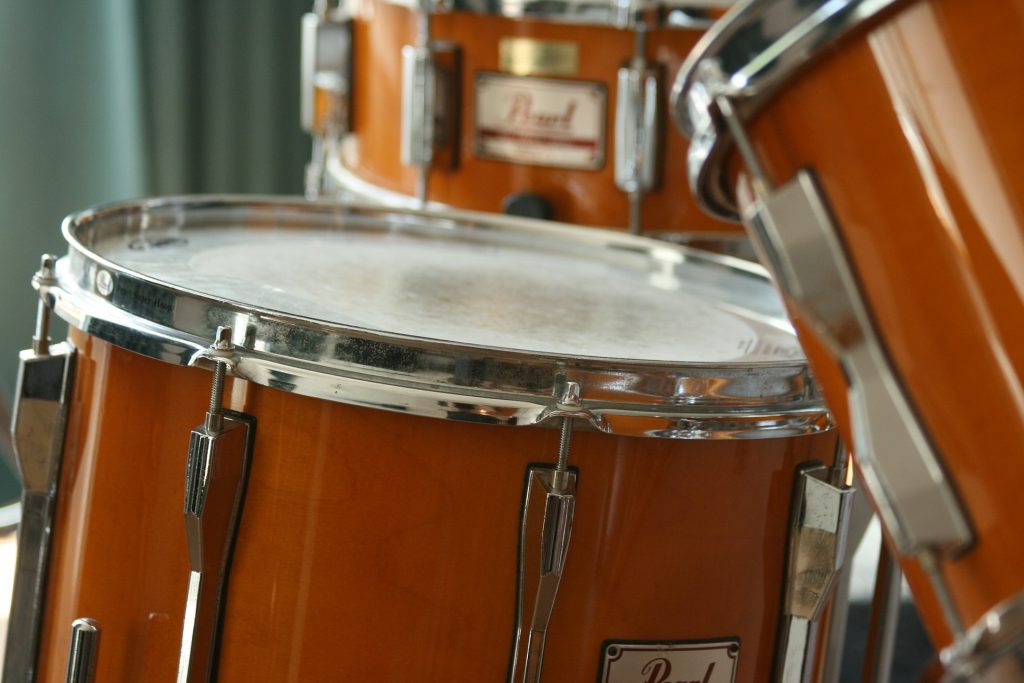Not all instruments are created equal. At least not when it comes to properly storing them. Just as every type of instrument is unique in its sound, so too are the methods of storage. To avoid damage, it’s important to store each item with care.
Use the Right Kind of Cleaners
As an overall rule, with every step cataloged below, it is extremely important to use tools that are specifically designed for each individual type of instrument. Also, try to avoid using household cleaners if possible. While it may be a little more expensive, musical instrument cleaning specific to each type of instrument can eliminate chemicals breaking down the surfaces and pieces.

Store in the Original Case
Also as an over-arching rule, instruments should be stored in their original case. The original case provides the most secure fit for every piece. They also help prevent the pieces from being disturbed or jarred while in storage. Sometimes this may not be possible and luckily it isn’t a crisis. Just try and find casings that have the most snug, secure fit without crushing the pieces. For a large instrument, like a piano, which doesn’t have a case, follow the steps for properly packing a piano.
Invest in Climate-Controlled Storage
Try to think of your storage place as a neutral environment. Not too hot, not too cold (it should hover around 72°), not too humid, and not too dry. Any extremes, even if only for a short time, can severely damage the integrity of each piece. Many storage facilities offer economically-priced climate-controlled self-storage units. It’s worth spending a little more to protect your instrument.

Tips for Storing Specific Types of Instruments
For the Love of Woodwinds
- Break the instrument down as much as possible.
- Clean every piece.
- Place lining between the pads.
- Vacuum off the instrument and the surrounding area to ensure it remains mite free.
Back in Brass
- Break down the instrument as much as possible.
- Polish the brass as it’s prone to tarnishing and corrosion.
- Clean the interior tubing with a brush specific to each type.
- Vacuum off the instrument and the surrounding area to ensure it remains mite free.
Percussion-cussion, What’s Your Function
- Drumheads should be oiled.
- Any percussion variation should be cleaned in-depth and oiled if need be.
- Every piece should be inspected and replaced if damaged.
- Metal pieces should be polished.
- If the instrument has bars that can be broken in half or damaged, they should be removed prior to storage.
- Vacuum off the instrument and the surrounding area to ensure it remains mite free.
String-ing in the Rain
- Loosen the strings on the instrument and bow (mainly for long term storage).
- Wipe down to remove any excess rosin.
- Keep in mind, once the strings are loosened, the bridge could become loose. Consider adding padding to keep it safe.
- Vacuum off the instrument and the surrounding area to ensure it remains mite free.
Proper storage of your instruments is tantamount to the length of life. There are several rules that apply to every type of instrument, but each one is different in its specifics. Storing them in ways that accommodate their individual pieces and needs is the best way to ensure that your instrument is ready for use every time you pull it from storage.

